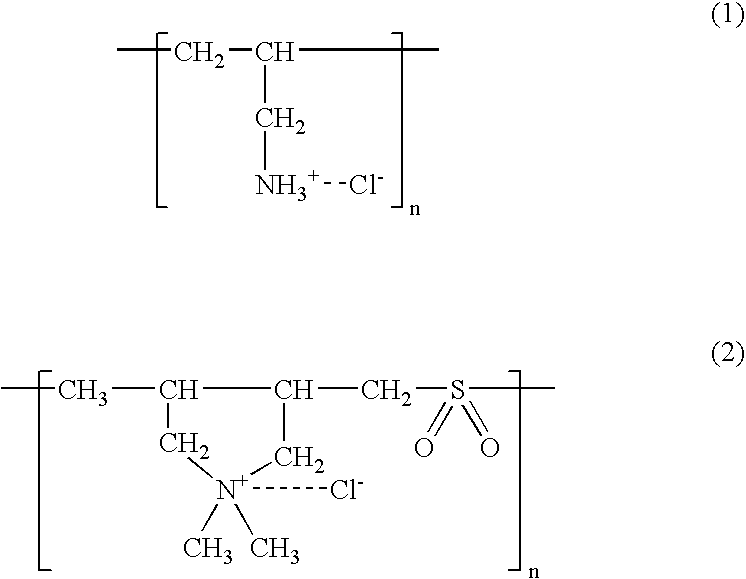Ink-accepting layer forming material and aqueous ink
- Summary
- Abstract
- Description
- Claims
- Application Information
AI Technical Summary
Benefits of technology
Problems solved by technology
Method used
Image
Examples
Embodiment Construction
[0053] Specific examples of the ester (meth)acrylates having an alkyl group with 4-12 carbon atoms used in the present invention include: methyl acrylate, ethyl acrylate, butyl acrylate, 2-ethylhexyl acrylate, hexyl acrylate, heptyl acrylate, octyl acrylate, and octadecyl acrylate. Among them, the 2-ethylhexyl acrylate and the butyl acrylate are perticularly preferably. Further, preferable examples of the vinyl monomers used in the present invention include: stylene, acrylonitryl, methyl methacrylate, vinyl acetate, and vinyl chloride. Among them, the vinyl acetate is particularly preferable.
[0054] When, for example, a copolymer of butyl acrylate, 2-ethylhexyl acrylate, and vinyl acetate is selected, a mixing ratio of these monomers can be suitably selected so that a glass transition temperature (Tg) of the copolymer is in the range from −1 to −50° C., more preferably, the glass transition temperature (Tg) is in the range from −30 to −50° C. and the viscosity of the emulsion is 4,0...
PUM
| Property | Measurement | Unit |
|---|---|---|
| Temperature | aaaaa | aaaaa |
| Temperature | aaaaa | aaaaa |
| Fraction | aaaaa | aaaaa |
Abstract
Description
Claims
Application Information
 Login to View More
Login to View More - R&D
- Intellectual Property
- Life Sciences
- Materials
- Tech Scout
- Unparalleled Data Quality
- Higher Quality Content
- 60% Fewer Hallucinations
Browse by: Latest US Patents, China's latest patents, Technical Efficacy Thesaurus, Application Domain, Technology Topic, Popular Technical Reports.
© 2025 PatSnap. All rights reserved.Legal|Privacy policy|Modern Slavery Act Transparency Statement|Sitemap|About US| Contact US: help@patsnap.com

